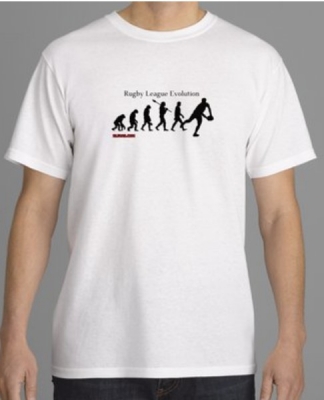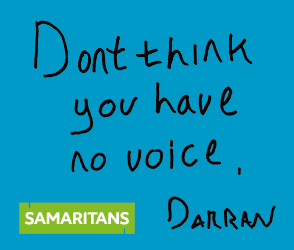BP1 wrote:
A while back the VR system incorporated a 'benefit of doubt' call which effectively amounted to an 'educated guess' scenario in 50/50 calls. That system tended to provoke even greater howls of outrage from those on the receiving end of 'dodgy' calls.
The question surrounds the parameters of decision. What criteria has to be satisfied for a decision to be ratified one way or the other? If it becomes a case of there has to be complete evidence of a ball being grounded, that will most likely cause as many ructions as the current system does, with inconsistency and accusations of guesswork being floated around each week. This is especially true in cases such as last night where, unfortunately, the ball is shielded from camera view by a defender's leg at the precise moment of grounding.
I'm not sure any system is perfect here. Even if the VR rule is altered to 100% evidence = try awarded, 99% evidence = try disallowed, there will still almost certainly be any number of 'controversial' incidents, particularly around ball grounding which is always difficult to see due to the number of arms and legs in camera shot.
We’ll never had a perfect solution.
In the days before the VR, the attacking side always got the benefit of the doubt.
I suppose with the VR, if tries are sent up with no decision in the first place, then we just leave it to the VR to call. As with any sport there will always be controversial decisions, but you’d hope these days we have more correct decisions than we did in the days before the VR.










